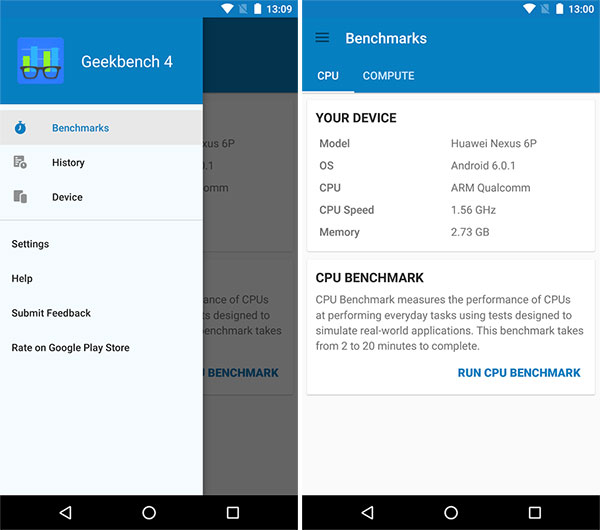
Where Snow Leopard supported Macs with 32-bit and 64-bit Intel processors, Lion required an Intel Core 2 Duo or newer, officially leaving behind the Early 2006 and Late 2006 Minis.
32 bit 2.8 ghz pentium 4 geekbench 4 mac#
It wasn’t until OS X 10.6 Snow Leopard arrived two years later – in August 2009 – that we had the first version of OS X for Intel Macs with 64-bit support.Īnd then in roared OS X 10.7 Lion, the first 64-bit only version of the Mac OS, in July 2011.
32 bit 2.8 ghz pentium 4 geekbench 4 mac os#
intel.Apple released the first Mac mini with a 64-bit CPU in August 2007, although the Mac OS that shipped with it was a 32-bit operating system, whether OS X 10.4 Tiger or 10.5 Leopard. Other than that, you'll have to benchmark using the same platform, only with different CPU's to verify speeds, but that's just not possible with ppc vs. QX6800, etc.) then you can say w/ absolute certainty the differene in Mhz and how much in real time speed it matters. There are tons more factors to put into play, but that's the reason why you can NEVER compare two CPU's next to each other unless they are within the same family (as in a Q6600 vs. Increased cache sizes create dramatic performance increases for the Core 2 lineup, whereas cache size on the AMD Athlon 64 doesn't boost as much in performance both due to the fact that its architecture varies as well as the fact that it has an integrated memory controller. The K8 architecture of the AMD Athlon 64's on the other hand easily beat the NetBurst disaster (the P4).Īlso, cache sizes make differences. Extremely efficient and can be overclocked very well because they have lots of room to grow in speed / heat etc. The Core 2 Duo / Quad / Extreme lineups use one of the best designed architectures we've ever seen in CPU history. For one, the actual microarchitecture of the core makes a huge difference. There are tons of factors you have to take into account. However, Intel came back with a vengeance with the Conroe family and its derivatives which beat AMD at their own game.īut, its a lot more complex than that. At same clocks, AMD easily trounced Intel. Then AMD snuck in with K8 and thoroughly trashed P4 by offering cooler, more power efficient solutions with lower clock speeds that could beat higher clocked P4's. Oh, they sold quite a few of them, having a 3.0Ghz model, then a 3.1, 3.2, etc.


They believed they could sell lots of P4's by advertising 2-4GHz processors despite having ridiculous heat and power dissipation issues. P4's were a relatively big bust by Intel anyways. This is the main reason why you should not buy on clock speed alone unless both CPU's are the same such as 2.2 Ghz Core 2 duo and the 2.8 in the new iMac.īut in terms of AMD where their processors are clocked way different and their cache is much smaller they can appear slower than the Intel when that's not the case. The 20 stage pipeline in the P4 has a greater chance of having more cache misses henceforth creating the infamous hourglass.

Due to cache misses at times the G4 can easily beat the P4 because of the shorter path. So when you render a photo in Photoshop using both the P4 and G4 they may render a complex file nearly the same time and in many cases the G4 will beat the P4. Because the P4 has to travel so much further before processing is complete Intel had to increase the clock frequency to make it run close to or as fast as the PPC G4 that clocked at a much lower frequency. The pipeline in the PPC has a much shorter path to travel to complete the processing stage. Because the Motorola PPC processor uses only 7 pipeline stages and the P4 uses 20 stages.


 0 kommentar(er)
0 kommentar(er)
